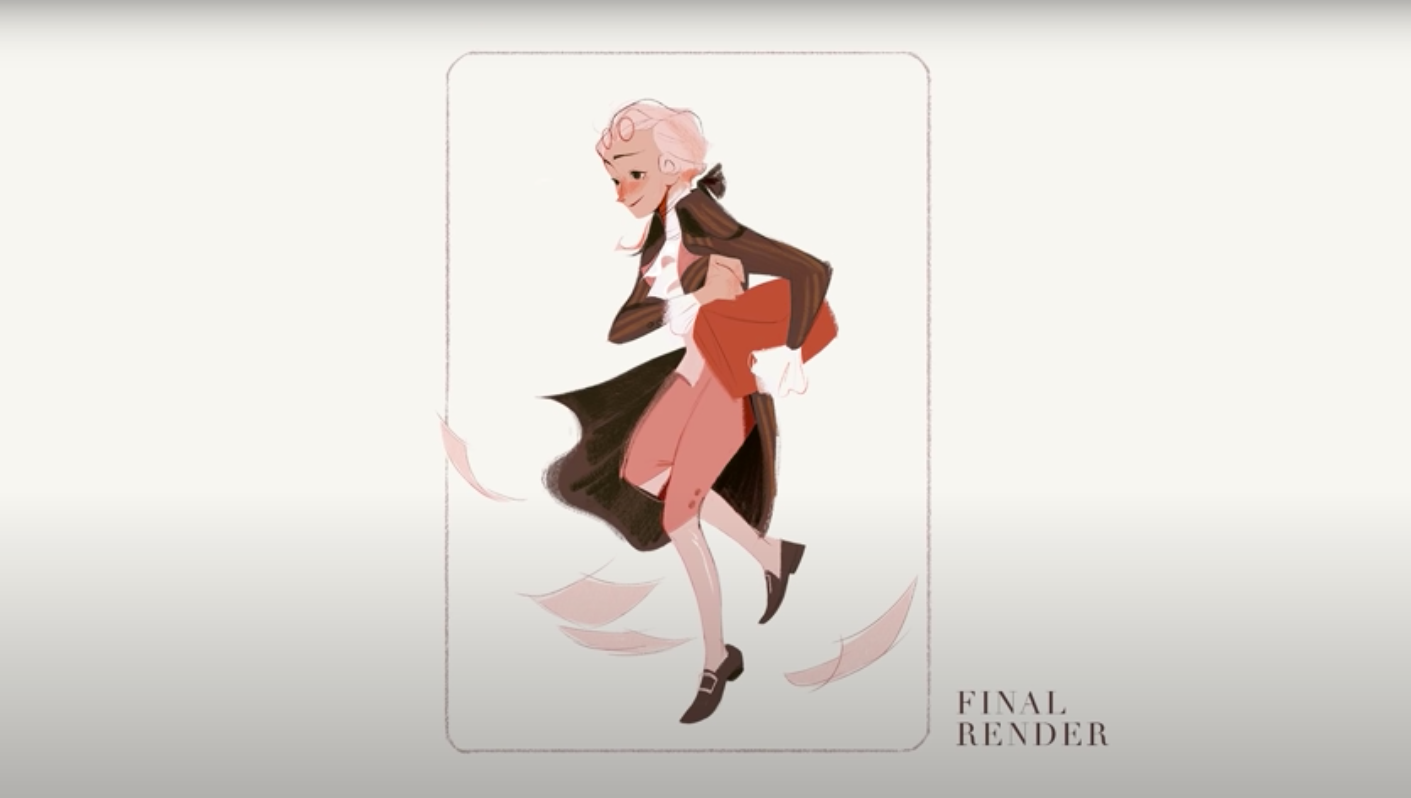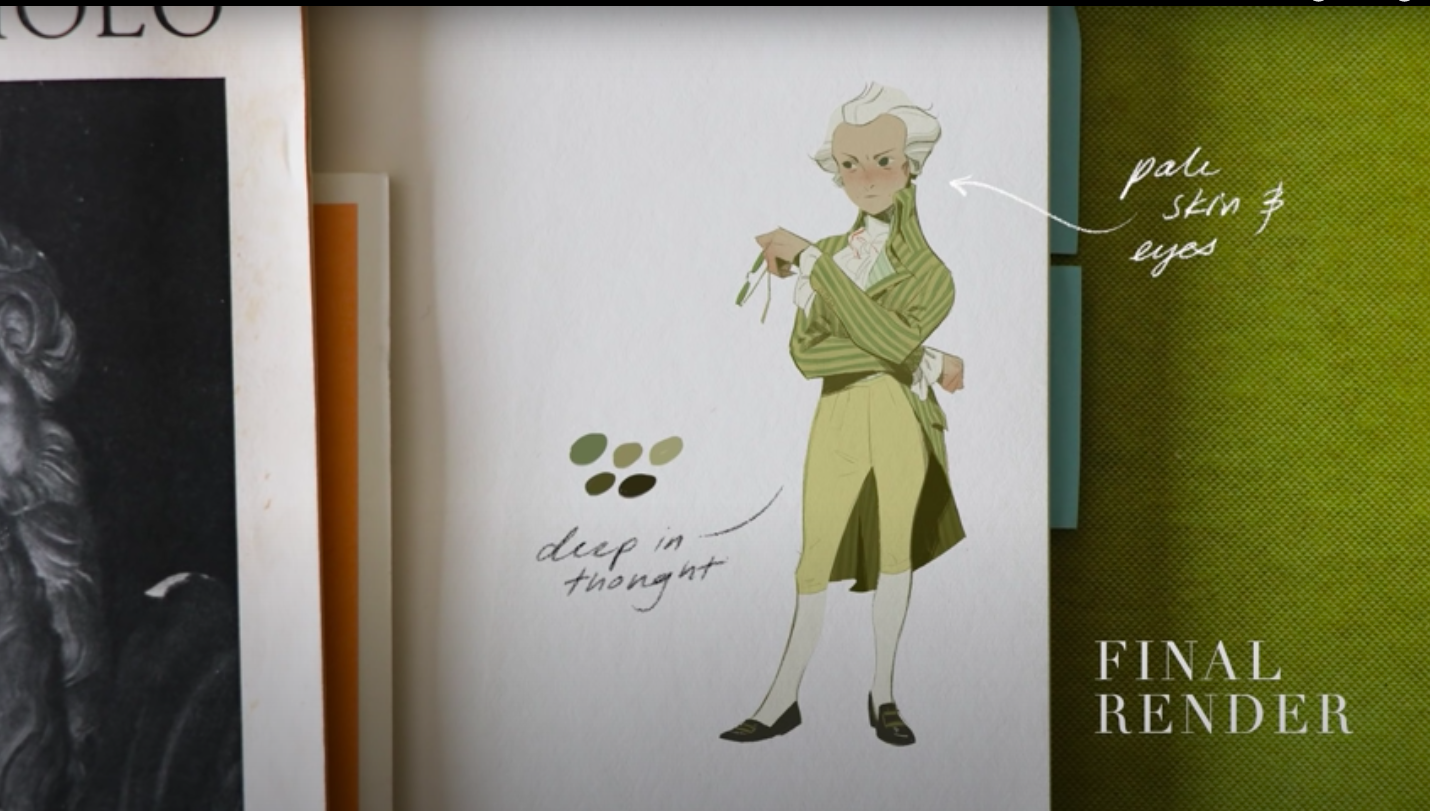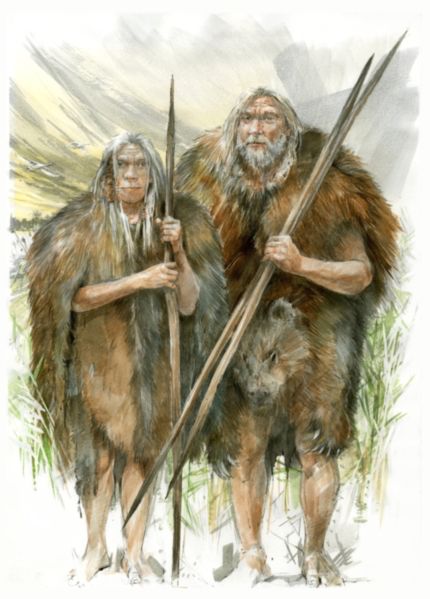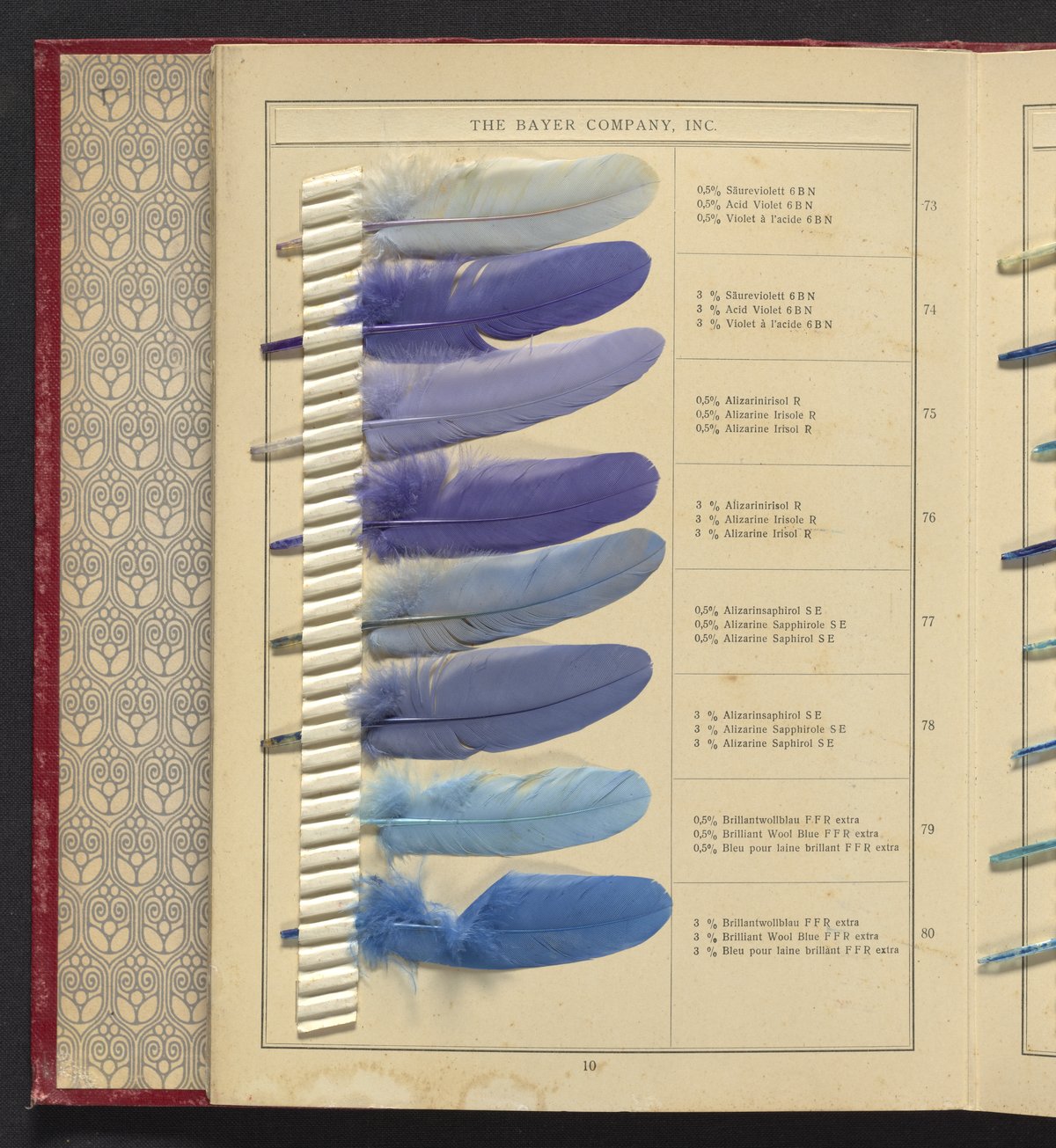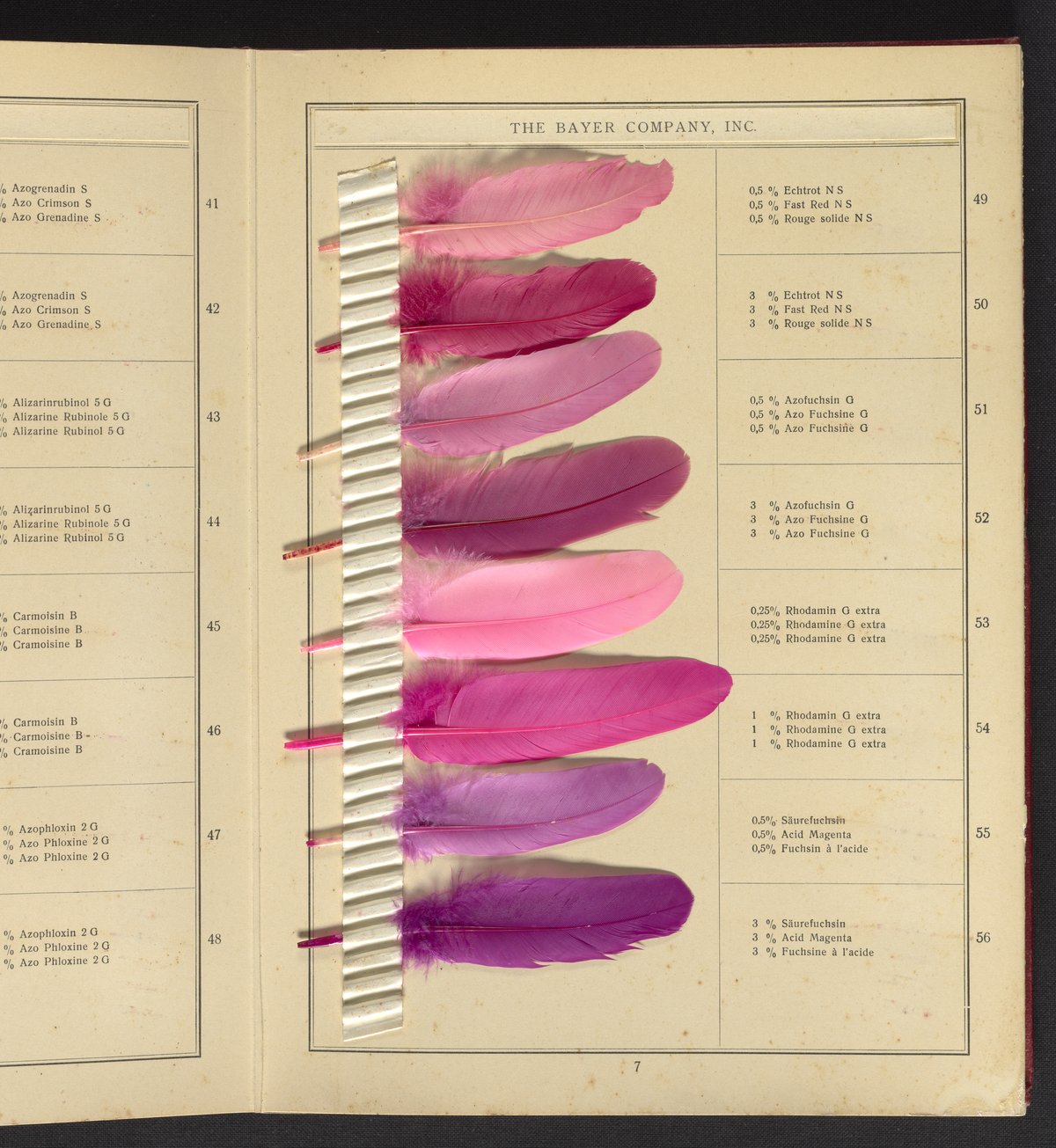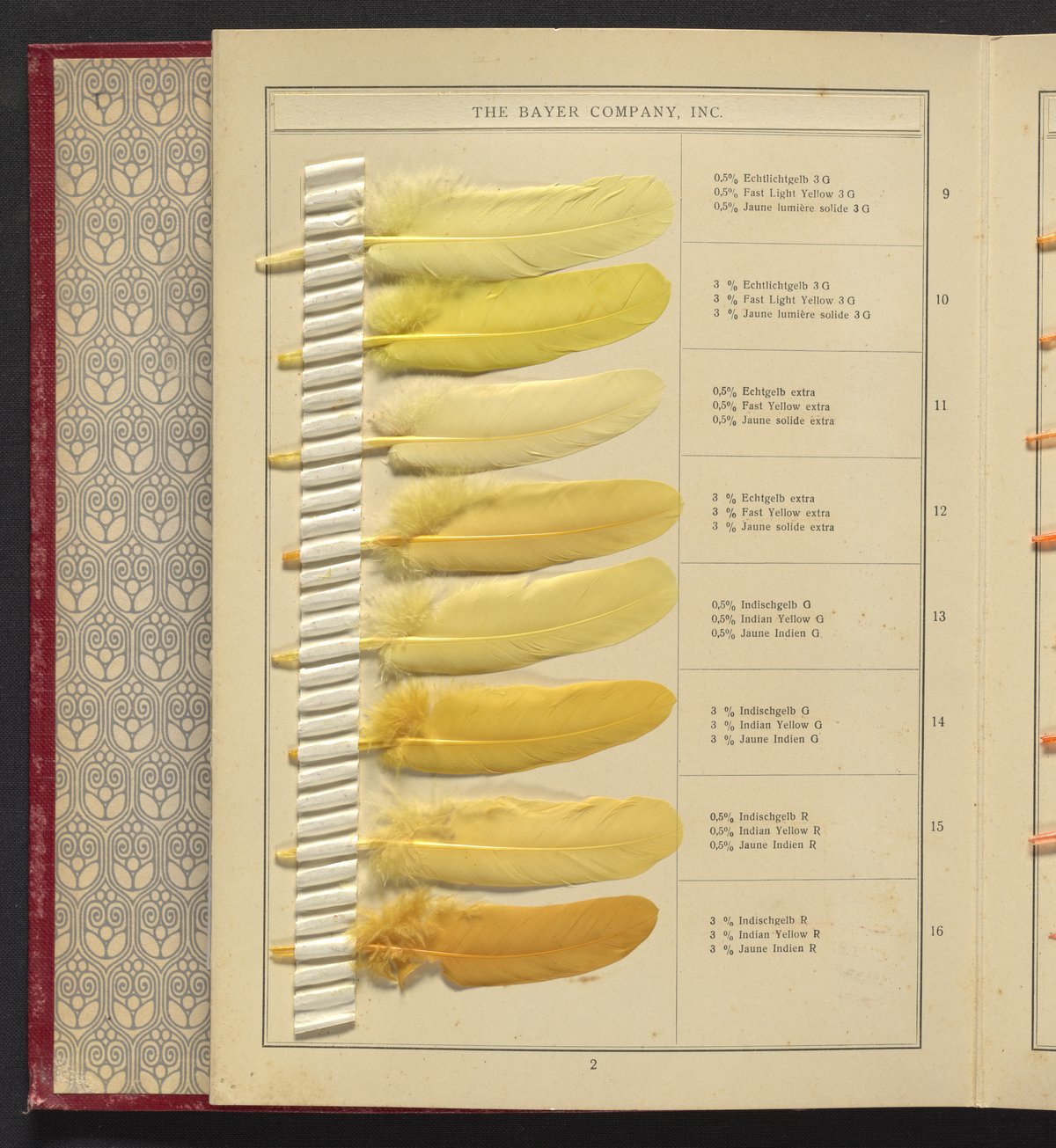In the nineteen-seventies and eighties, the name of David Byrne’s band was Talking Heads — as the title of their 1982 live album perpetually reminds us. But their overall artistic project arguably had less to do with the head than the body, a proposition memorably underscored in Stop Making Sense, the Jonathan Demme-directed concert film that came out two years later. “Music is very physical and often the body understands it before the head,” Byrne says in a bizarre contemporary self-interview previously featured here on Open Culture. To make that fact visible onstage, “I wanted my head to appear smaller, and the easiest way to do that was to make my body bigger.”
Hence costume designer Gail Blacker’s creation of what Talking Heads fans have long referred to as the “big suit.” Byrne has always been willing discuss its origins, which he traces back to a trip to Japan. There, as he put it to Entertainment Weekly in 2012, he’d “seen a lot of traditional Japanese theater, and I realized that yes, that kind of front-facing outline, a suit, a businessman’s suit, looked like one of those things, a rectangle with just a head on top.”
A friend of his, the fashion designer Jurgen Lehl, said that “everything is bigger on stage.” “He was referring to, I think, gestures and the way you walk and what not,” Byrne told David Letterman in 1984. But he took it literally, thinking, “Well, that solves my costume problem right there.”
Though Byrne only wore the big suit for one number, “Girlfriend Is Better” (from whose lyrics Stop Making Sense takes its title), it became the acclaimed film’s single most iconic element, referenced even in children’s cartoons. New Yorker critic Pauline Kael called it “a perfect psychological fit,” remarking that “when he dances, it isn’t as if he were moving the suit — the suit seems to move him.” The association hasn’t been without its frustrations; he once speculated that his tombstone would be inscribed with the phrase “Here lies David Byrne. Why the big suit?” But now that Stop Making Sense is returning to theaters in a new 4K restoration, nearly 40 years after its first release, he’s accepted that the time has finally come to pick it up from the cleaner’s. Unsurprisingly, it still fits.
Related content:
Talking Heads Live in Rome, 1980: The Concert Film You Haven’t Seen
Based in Seoul, Colin Marshall writes and broadcasts on cities, language, and culture. His projects include the Substack newsletter Books on Cities, the book The Stateless City: a Walk through 21st-Century Los Angeles and the video series The City in Cinema. Follow him on Twitter at @colinmarshall or on Facebook.

